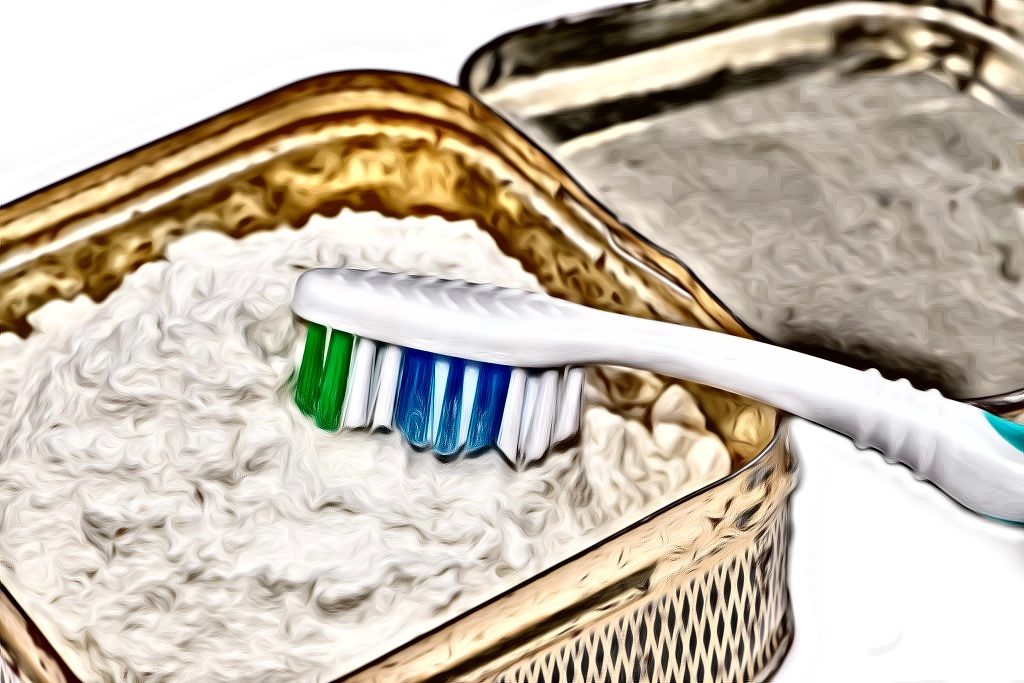
To Tell The Tooth..
There were inquiries of why the Canada Day post celebrating 150th had a “barber pole” for a dental clinic. It refers to the nostalgia of when some dental procedures were under the Guild of Barbers established in France in 1210. 150 years ago, when the illiteracy rate was much higher, the pole with red and/or blue stripes meant more than a shave and a haircut.
Dentistry evolved and separated from the Barber guild and became an independent regulated profession. Barbers kept the pole and that is the reason why we only associate barber shops with shave and a haircut today.
Another interesting bit of dentistry history you may not know involves George Washington’s wood teeth. It turns out that they were not made of trees. The dentures are constructed from a variety of sources, most likely animal teeth. If teeth were made of wood they would be useless because they would turn to pulp, look terrible, collect bacteria, and be too soft to bite or chew. Have you ever seen a piece of wood that’s been in the water for a long time? Your saliva is much more corrosive than water, which would have broken down the wooden teeth in a short time. The President would have been chewing his dinner with splinters instead of false teeth.
Did you know toothpaste didn’t always taste minty?
Toothpaste has evolved over the centuries.
- Ancient Egyptians crushed rock salt, dried iris flowers and pepper and mixed them together to create a cleaning powder
- 1700’s people cleaned their teeth with a powder made from burnt bread
- 1800’s toothpaste that smelled nice and was packaged in a collapsible tube was available
- 1914 fluoride was added
- 1920’s minty cool taste helped tooth brushing become a daily ritual
- 1974 edible toothpaste was developed to be used by astronauts on the space station so that they didn’t have to spit it out in zero gravity
- 1984 toothpaste was sold in a pump container
- 1989 tooth whitening formulas

0